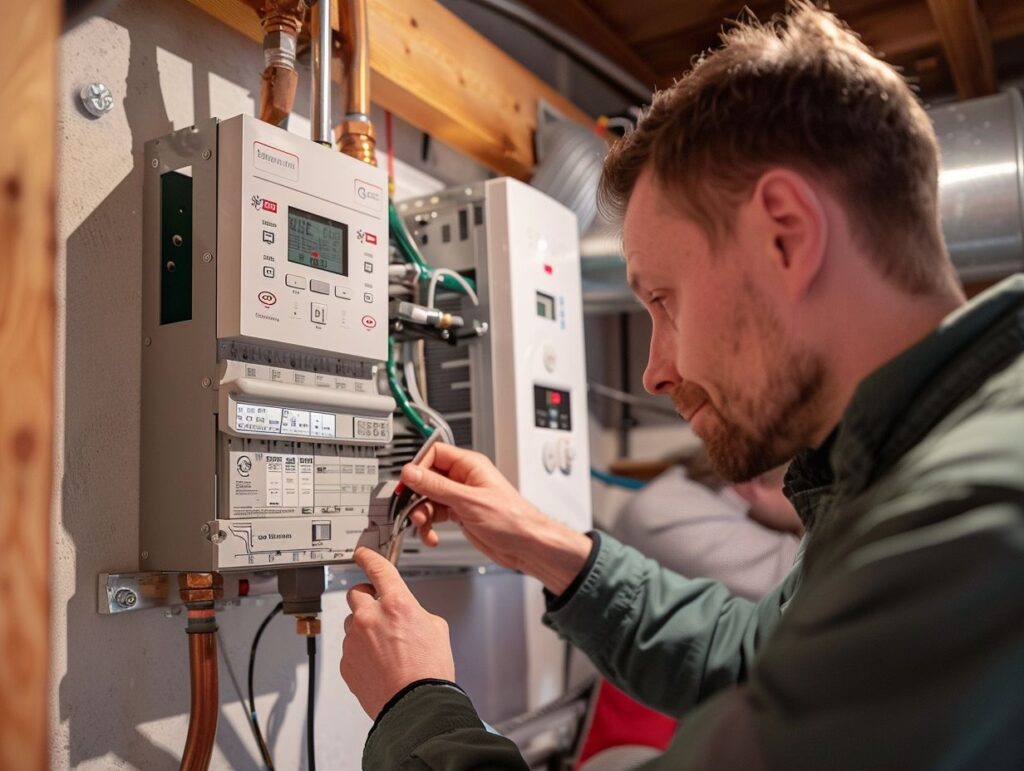Are you experiencing issues with your electric heating system? This article presents an overview of common electric heating problems, providing guidance on how to identify and diagnose issues, troubleshoot effectively, offer preventive maintenance suggestions, and recognize signs that warrant professional assistance.
Whether you are a homeowner or a renter, possessing the knowledge to troubleshoot electric heating problems can prove to be a valuable asset, saving you both time and money in the long term.
Key Takeaways:
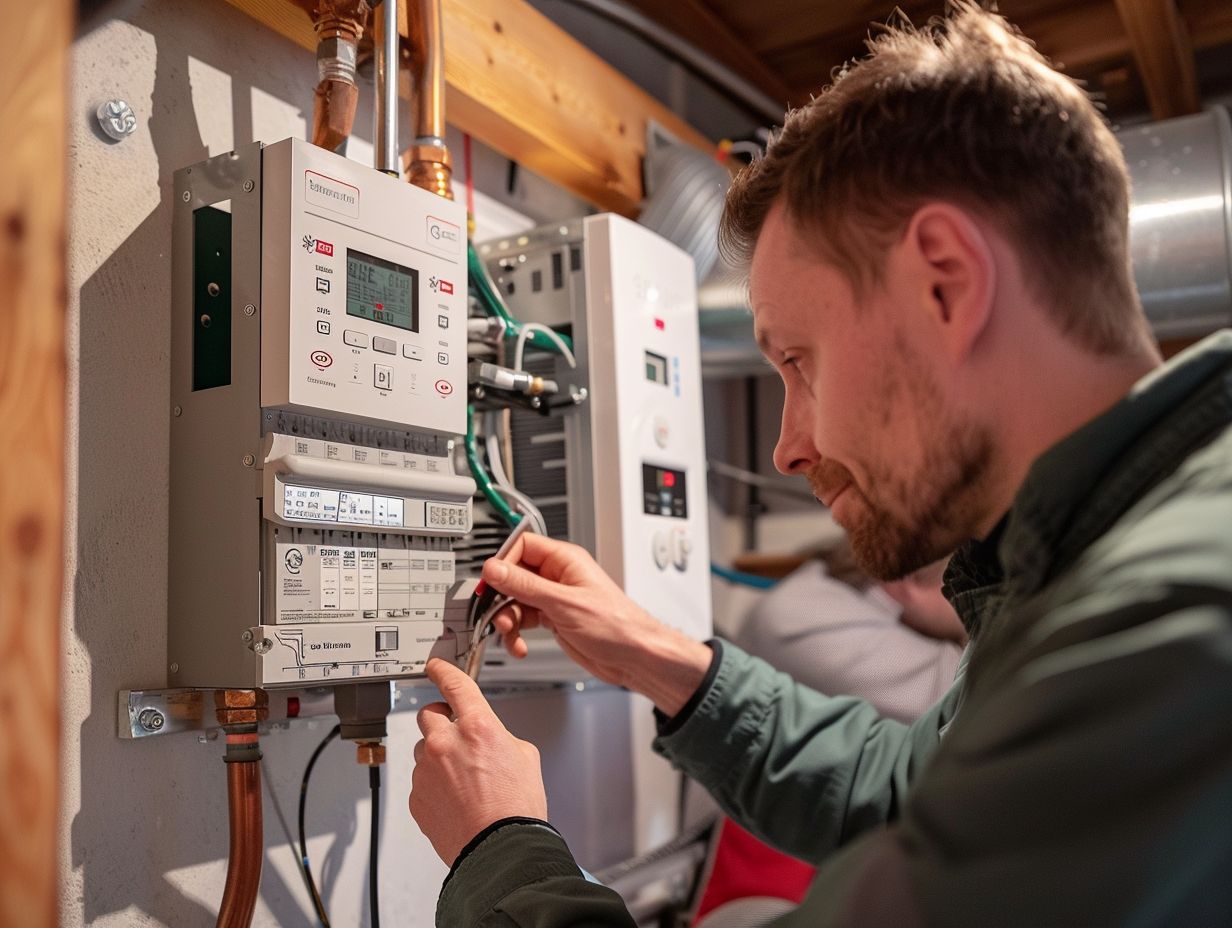
- Regular maintenance can prevent most common electric heating problems.
- Properly identifying and diagnosing issues is crucial for effective troubleshooting.
- Knowing when to seek professional help can save time and money in the long run.
Understanding the Basics
To understand the basics of an electric heating system, you need to be familiar with key components such as the boiler, thermostat, and the overall heating system. These elements work harmoniously to create a comfortable indoor environment by regulating the temperature.
The boiler plays a central role in the system by heating water or producing steam, which is then circulated through radiators or underfloor heating to evenly disperse warmth.
Acting as the control centre, the thermostat constantly monitors the current temperature and instructs the boiler to adjust its output as needed. This ensures that the desired temperature is maintained, thus avoiding both overheating and underheating.
The overall heating system includes pumps, valves, and ductwork that facilitate the movement of heated air or water throughout the building, ensuring effective distribution of heat.
Common Electric Heating Problems
Regular electric heating problems usually revolve around issues related to the power supply, diagnostic techniques, water pressure, and pressure switch malfunctions. These problems have the potential to disturb the operational efficiency of the heating system, leading to discomfort.
Identifying and Diagnosing Issues
When dealing with an electric heating system, identifying and diagnosing issues requires attention to details such as the heating element, pump functionality, temperature regulation, and checking the integrity of wiring connections. These factors are essential in ensuring the system operates efficiently.
The heating elements serve as the foundation of an electric heating system, responsible for generating the necessary warmth. Any issues with these elements can result in inadequate heat production or uneven distribution throughout the space.
Additionally, pumps play a crucial role in ensuring proper circulation of heated air or water, depending on the system type. Temperature controls are vital components that help maintain a comfortable environment by regulating the output based on the set parameters.
Lastly, inspecting wiring connections is essential to prevent short circuits or electrical hazards that could disrupt the system’s functionality. Each of these elements must be carefully assessed when diagnosing issues in an electric heating system to ensure optimal performance.
Troubleshooting Techniques
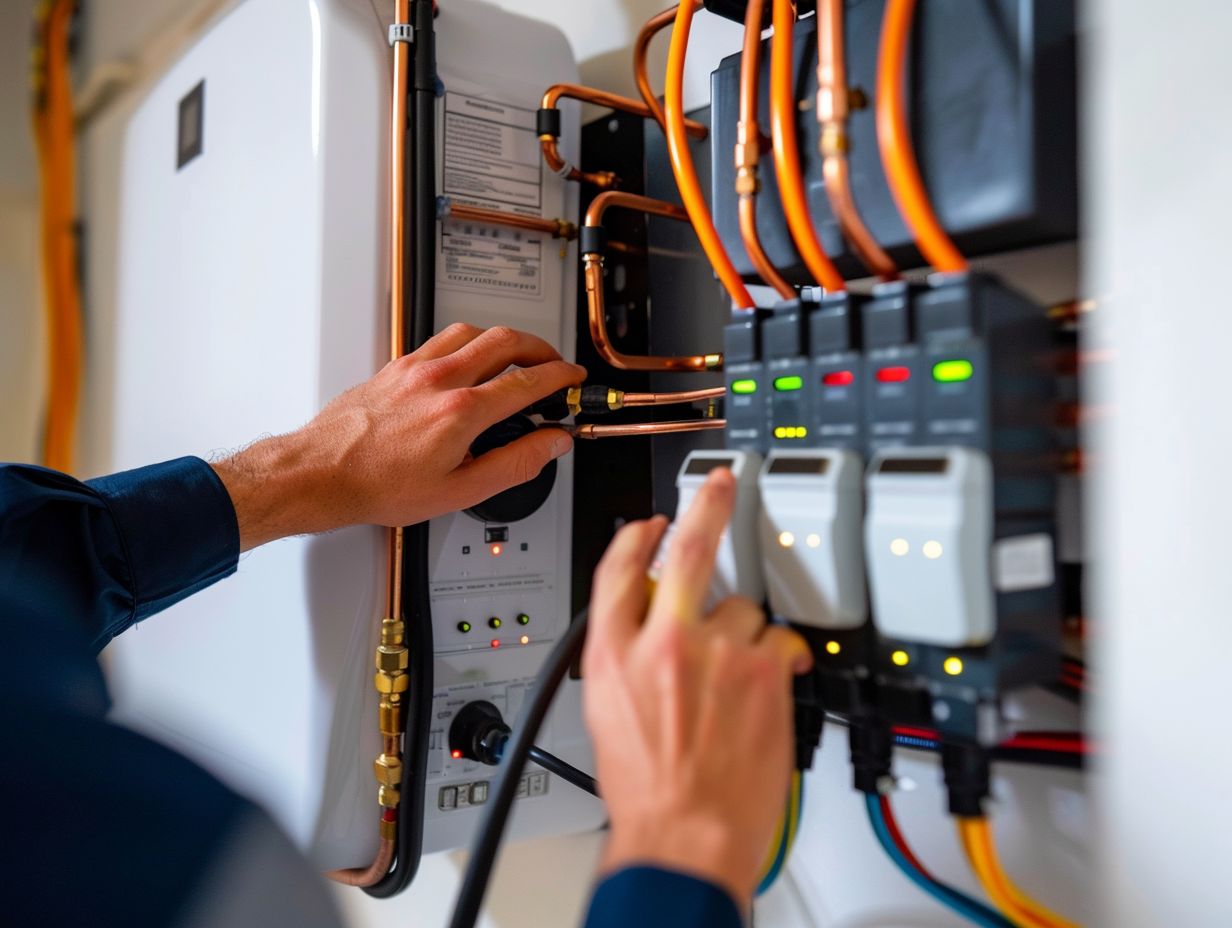
To effectively troubleshoot electric heating systems, you should start by:
- Checking the voltage levels,
- Inspecting isolation switches, and
- Examining the distribution board for any potential issues.
By following these steps, you can efficiently pinpoint and resolve electrical problems.
Steps to Solve Common Problems
Taking steps to solve common electric heating problems can lead to cost savings in terms of gas and oil prices, as well as reduced energy bills. By addressing these issues promptly, you can improve the efficiency of your heating system.
- One crucial step in tackling electric heating issues is to regularly check and clean the filters in your heating system. Clogged filters can restrict airflow, reducing the system’s efficiency.
- Inspecting the thermostat to ensure it is set correctly is essential for optimal performance.
- Another important aspect is to check for any leaks in the ductwork which can lead to energy wastage.
- Scheduling routine maintenance with a qualified technician can prevent potential problems and prolong the lifespan of your heating unit.
Preventive Maintenance for Electric Heating
Preventative maintenance for electric heating systems involves conducting regular inspections of thermostat controls, assessing fan functionality, implementing measures to prevent mould growth, and performing comprehensive system maintenance. By following these practices, you can proactively address potential issues and promote the longevity of your heating system.
Tips for Avoiding Future Issues
To avoid future heating problems, you should schedule regular service appointments to ensure your system is in optimal condition. By proactively addressing maintenance needs, homeowners can prevent unexpected heating issues.
Regular maintenance is essential not only for keeping your heating system efficient but also for prolonging its lifespan. Simple tasks like cleaning or replacing filters, checking for any leaks or strange noises, and ensuring proper ventilation can greatly help in avoiding major problems.
Consulting with a professional technician for an annual inspection can help identify any potential issues before they escalate, ultimately saving you time and money in the long run.
When to Call a Professional?
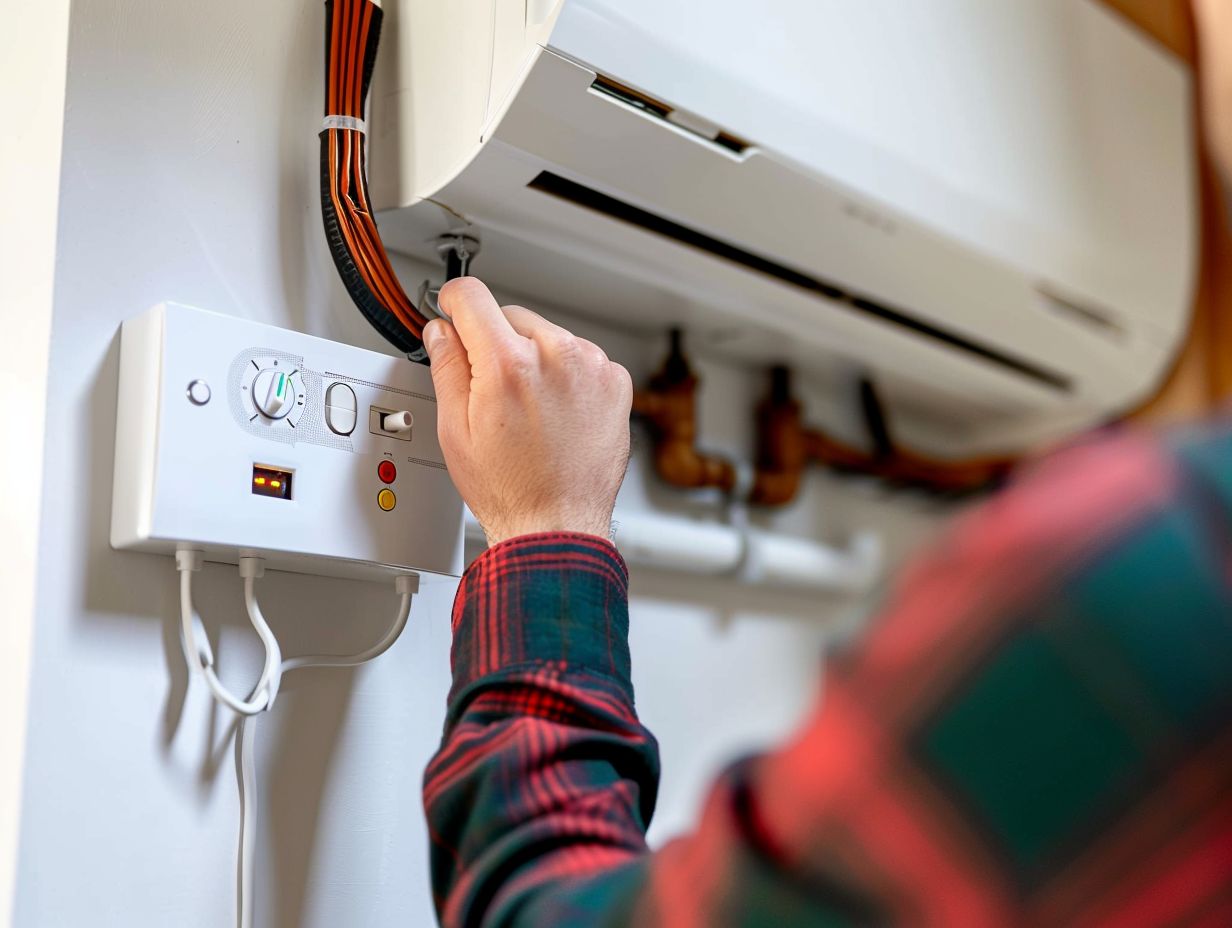
Understanding when to seek out a professional for electric heating issues is essential for prompt and efficient resolutions. Industry experts such as Sam Hills from Water UK in Florida, United States, offer specialised expertise in diagnosing and addressing intricate heating issues.
Signs that You Need Professional Help
Certain signs may indicate the need for professional assistance with your electric heating system, especially if you are experiencing persistent heating issues in areas like Cincinnati, Ohio, or Tampa. Companies such as Thomas & Galbraith Heating, Cooling & Plumbing, which have NATE-certified technicians like those from Cool Today, can provide reliable help.
If you observe unusual noises emanating from your electric heating system, such as banging or screeching sounds, it could signal the necessity of expert intervention. Additionally, if you detect a burning odor or witness sparks coming from the unit, it is imperative to promptly reach out to a qualified technician to prevent potentially hazardous situations. Moreover, unexplained spikes in your electricity bill despite consistent usage patterns may indicate underlying problems that require professional assessment and resolution to ensure optimal system performance.
Frequently Asked Questions
What are some common issues with electric heating systems?
Some common problems with electric heating systems include inadequate heat, short cycling, and a malfunctioning thermostat.
How can I troubleshoot inadequate heat in my electric heating system?
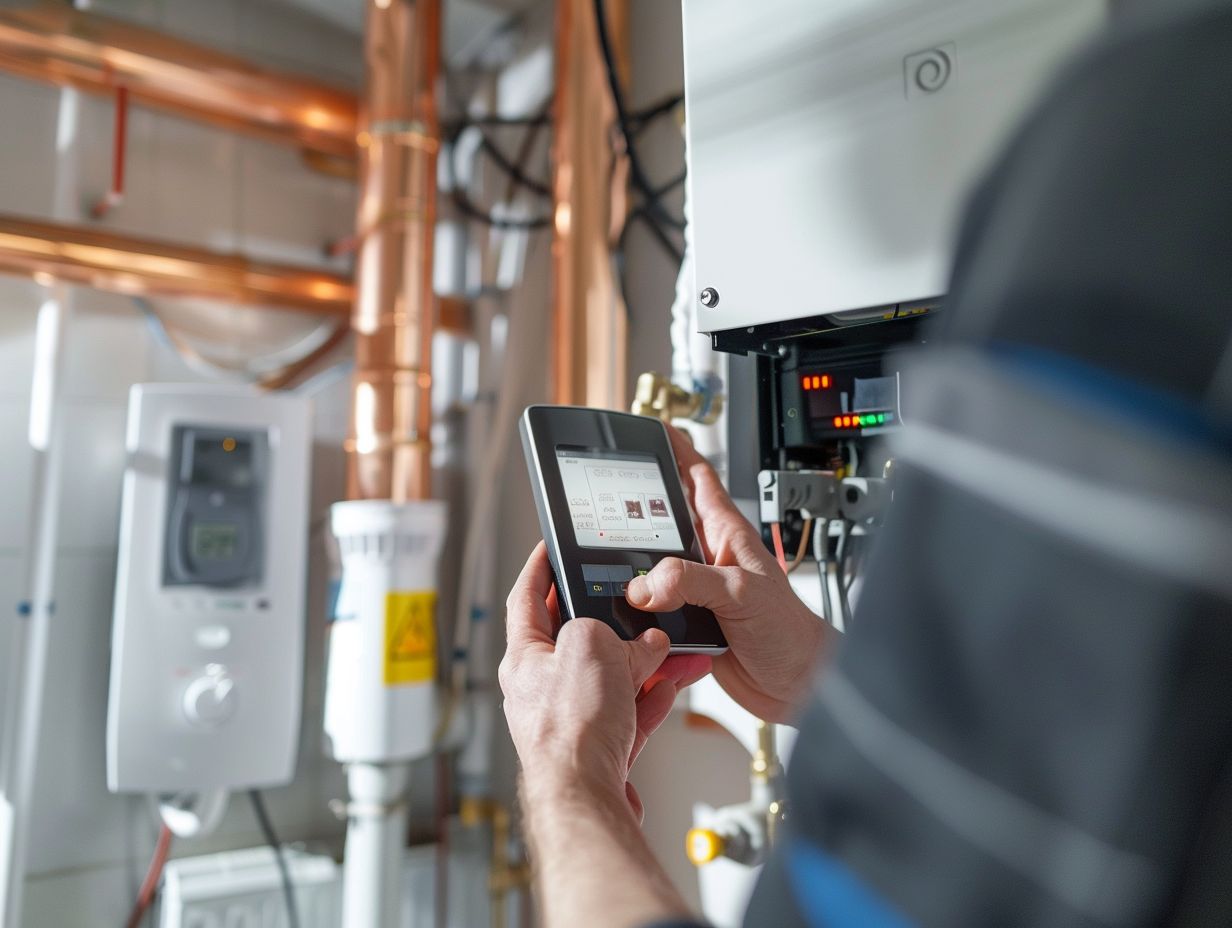
If your electric heating system is not producing enough heat, check the thermostat settings and make sure it is set to the correct temperature. Also, check the air filters and replace them if they are dirty or clogged. Another possible cause could be a faulty heating element, which may need to be replaced by a professional.
What is short cycling and how can I fix it?
Short cycling is when the heating system turns on and off frequently, causing inconsistent temperatures and putting strain on the system. This can be caused by a dirty air filter, a malfunctioning thermostat, or an issue with the heating element. Cleaning or replacing the air filter and making sure the thermostat is functioning properly can help resolve short cycling. If the issue persists, it may be best to call a professional for further troubleshooting and repairs.
Why is my electric heating system making strange noises?
Strange noises coming from an electric heating system can be a sign of an underlying issue. It could be due to loose or disconnected ductwork, a malfunctioning fan or motor, or a problem with the heating element. If you hear unusual noises, it is best to have a professional inspect and troubleshoot the system to determine the cause and make any necessary repairs.
How can I tell if my thermostat is the cause of my electric heating problems?
If your electric heating system is not functioning properly, the first thing to check is the thermostat. Make sure it is set to the correct temperature and that the batteries are not dead. If the issue persists, you can test the thermostat by turning off the power to the heating system, removing the thermostat cover, and using a voltage tester to check for power. If there is no power, the thermostat may need to be replaced.
Can I troubleshoot and fix electric heating problems on my own?
Some simple maintenance and troubleshooting tasks, such as replacing air filters and checking thermostat settings, can be done by homeowners. However, if the issue persists or if you are unsure of how to troubleshoot and fix the problem, it is best to call a professional HVAC technician. Attempting to fix complex electric heating problems without the proper knowledge and experience can be dangerous and may cause further damage to the system.

